In 2015 Dear Sports Fan will be previewing the biggest sporting event of the year in each of the 50 states in the United States plus the district of Columbia. Follow along with us on our interactive 2015 map.
Louisiana — The Sugar Bowl
College Football — January 1, 2015 — Alabama Crimson Tide vs. Ohio State Buckeyes, 8:30 p.m. ET on ESPN.
The Sugar Bowl is one of three college football bowl games that claims to be the second oldest in the country. It was first played in 1935 and has been played annually in New Orleans or nearby ever since. For its first forty years, it was played at Tulane University’s stadium and was named the Sugar Bowl in honor of Etienne de Bore, the first mayor of New Orleans and a trailblazer in the industrialization of sugar. Since 1975, the game has been played in the New Orleans Superdome, where the New Orleans Saints of the NFL play. This year, the bowl game begins a new chapter in its history when it becomes one of two bowl games to host a semifinal in the first edition of the college football playoffs. The winner of this game will advance to the finals to play the winner of the Rose Bowl for the National Championship. It’s a big game! Let’s dig into its plot and characters.
What’s the plot?
This game doesn’t have the epic good vs. evil implications of the Rose Bowl but it is interesting in its own right. The first place to start is with the conferences. Ohio State is part of the Big Ten and Alabama is a member of the SEC (Southeastern Conference). Both conferences have long and powerful histories but the Big Ten has been seen as waning in power over the past five to ten years while the SEC has waxed to ascendency. If you look at this as simply a high ranked Big Ten school versus a high ranked SEC school, you’d expect the SEC team to win convincingly. As evidence of this bias, all ten Big Ten teams (there are actually 14 Big Ten football teams) that made it to bowl games were underdogs according to Vegas. Of the 12 SEC schools in bowl games, nine were favored to win. So far, the SEC prediction has been mostly true — they are 4-1 — but the Big Ten has been surprisingly successful. They are 2-3 so far. Other than the conference conflict, there’s not much going on from a plot perspective that isn’t character driven. These are two extremely good teams with long histories of winning.
Who are the characters?
The Coaches: Urban Meyer and Nick Saban — The two most compelling, albeit creepy, characters in this game are the two head coaches: Urban Meyer of Ohio State and Nick Saban of Alabama. In many ways, they are mirror images. They’ve both coached at several different colleges before their current one and won National Championhsips — Meyer at Florida and Saban at LSU. They’re both straight-laced and obsessive coaches. A quick Google search pops up articles with headlines like, “Why Alabama’s Nick Saban is Against Texting” and “The Joyless Triumph of Nick Saban” as well as “For Nick Saban and Urban Meyer, no room for satisfaction before college football playoff“. If you ask me, they are prime examples of the type of megalomaniacal, self-aggrandizing, obsessive-compulsive snakes that seem to be attracted to powerful jobs like football coach and President of the United States. Luckily I think we do a better job filtering the worst of them out in politics than in football.
T.J. Yeldon — Yeldon is a running back for the Alabama Crimson Tide and the team’s most dynamic playmaker. In years past, he’d probably be projected as a first round draft pick in this year’s NFL draft, but teams seem to have figured out that because running backs have such short careers and are more interchangeable than other positions in the NFL, it’s not worth drafting them early in the draft. Yeldon will still probably go in the second round. The drama that he brings to this game is in the form of a series of questions: how much, how well, and how will he play? He’s been suffering from an injured ankle and hamstring and the latest news from the Alabama camp is that he will only be used sporadically throughout the game because he’s missed so much practice time. It’s possible that’s true, I’m sure the Alabama staff is thinking about the National Championship game and wanting to protect their best weapon for that game, but it could also be complete bunk — an attempt to deceive Ohio State into not preparing for a full dose of Yeldon.
Cardale Jones — Quarterback is by far the most important single position in football. Great quarterbacks are extremely rare and even functional ones are difficult to find. Teams that lose their starting quarterback to a long term injury very rarely have an acceptable backup who can maintain the level of play at a high enough level for the team to succeed. Teams that lose their first and second string quarterback are almost always dead in the water. We’re seeing that now in the NFL with the Arizona Cardinals whose play has declined dramatically as they descended from Carson Palmer to Drew Stanton to Ryan Lindley. Ohio State has been through the exact same series of injuries this year but each time they lose a quarterback, a new one steps in and the team doesn’t miss a beat. Cardale Jones is the third quarterback up for Ohio State and in his first game as a starter, he led the Ohio State team to a 59-0 win over Wisconsin in the Big Ten Championship game. Now he’s had a couple weeks to rest, practice, and learn, which is good, but he’s also had a couple weeks to be bombarded by well-intentioned but ultimately questionable adulation and pressure from friends, family, and fans. Jones has an almost stereotypically hard-luck back-story and I certainly hope that he beats the odds to play well in this game.
Who’s going to win?
Alabama is favored by nine points and I’ve got to agree with that assessment. Everything points towards Alabama winning this game. The biggest mystery is whether Cardale Jones collapses in his second start or if he plays well, but even if he plays well, I don’t see it being enough to help Ohio State win.

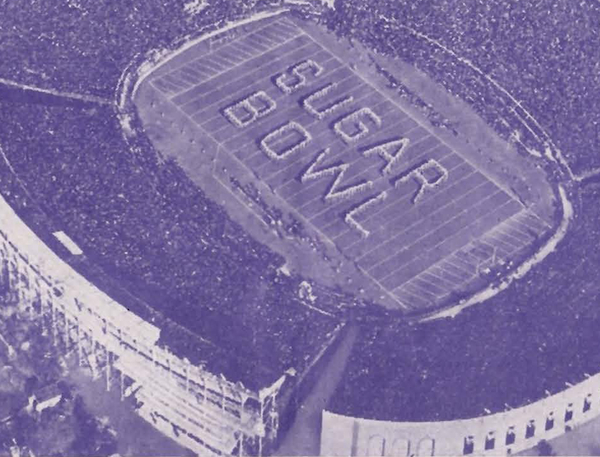
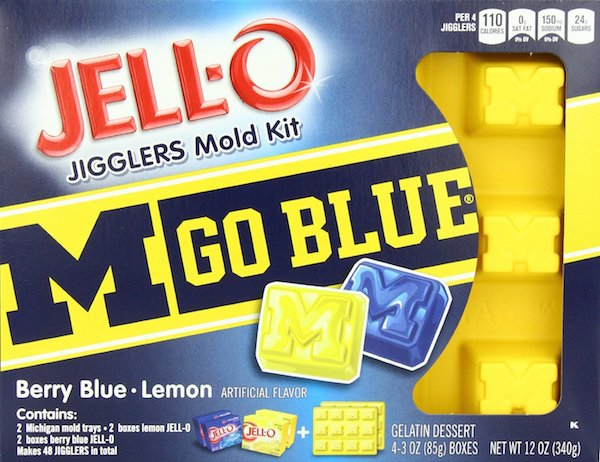
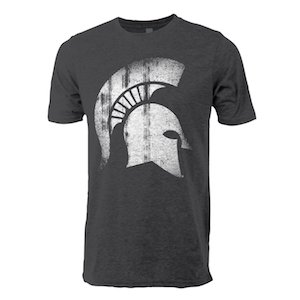
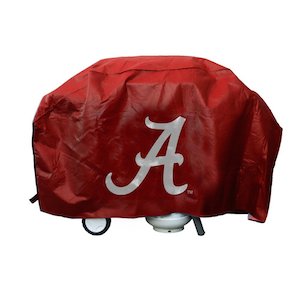
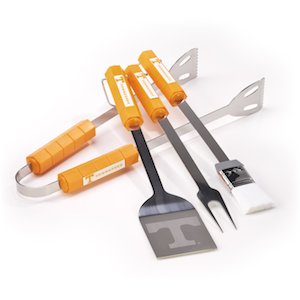
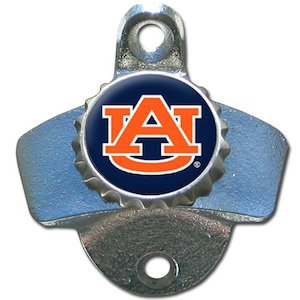
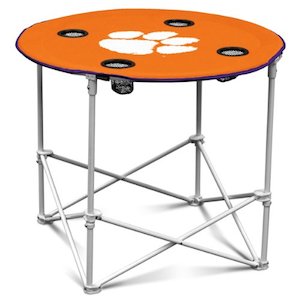
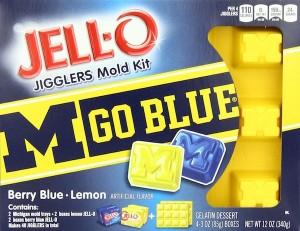
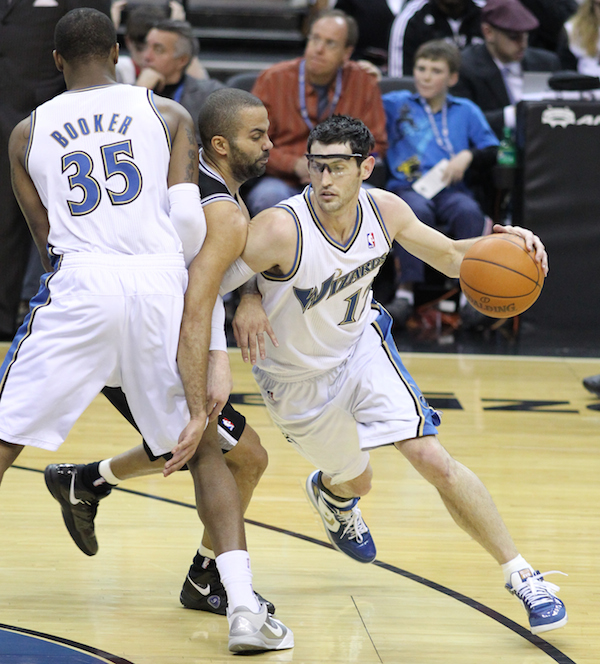

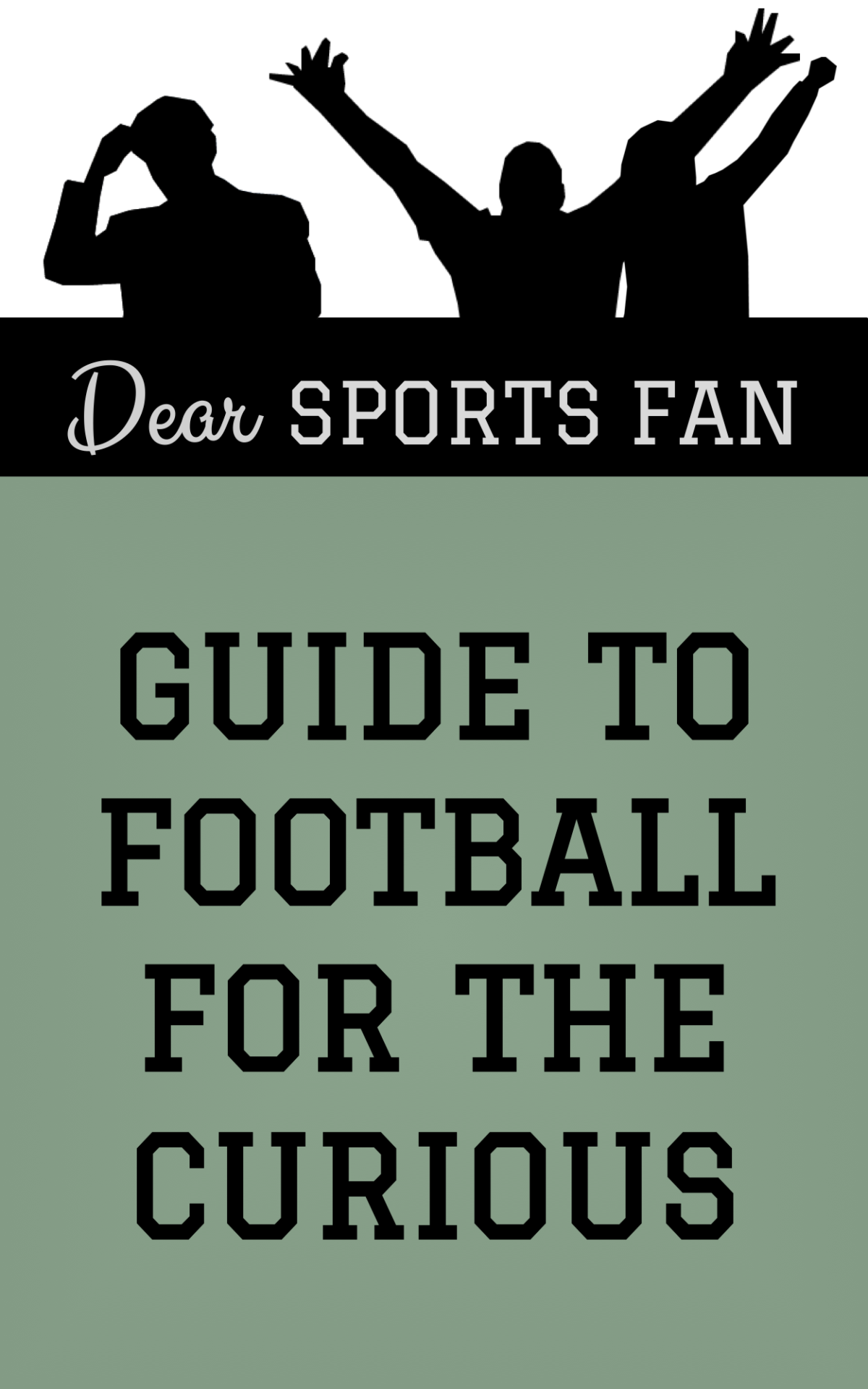
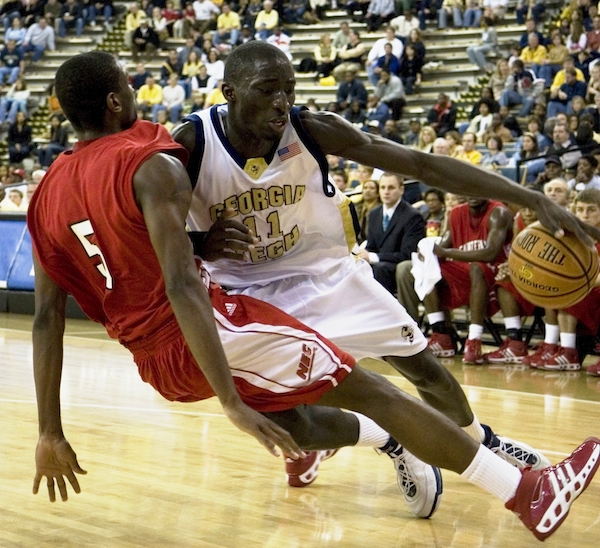
 “I have an athletic big guy” – a team lucks into a really really tall/wide guy who’s athletic and can therefore dominate since that’s so rare in college ball, so they just give him the fucking ball (Kind of Miami/Indiana)
“I have an athletic big guy” – a team lucks into a really really tall/wide guy who’s athletic and can therefore dominate since that’s so rare in college ball, so they just give him the fucking ball (Kind of Miami/Indiana)